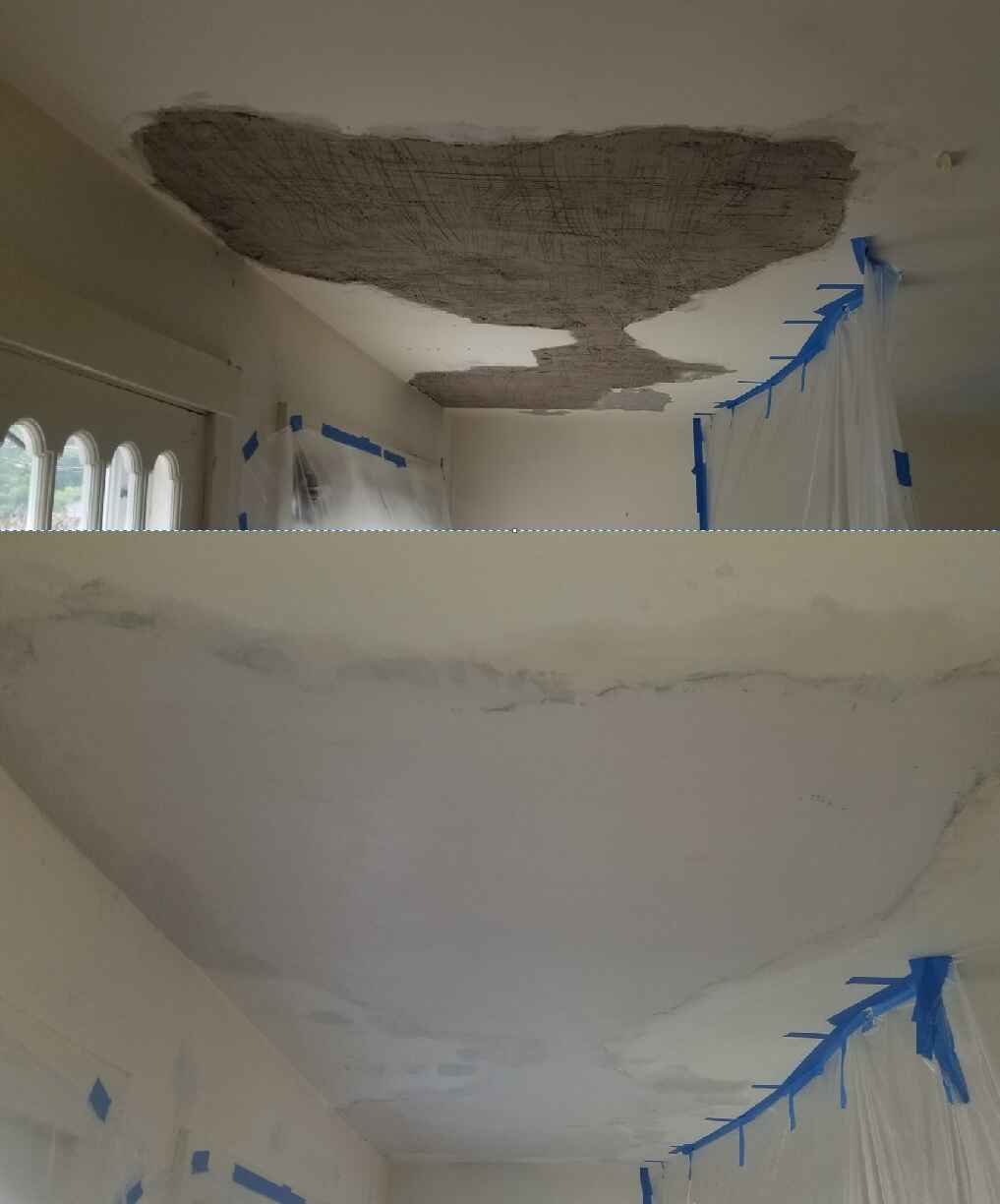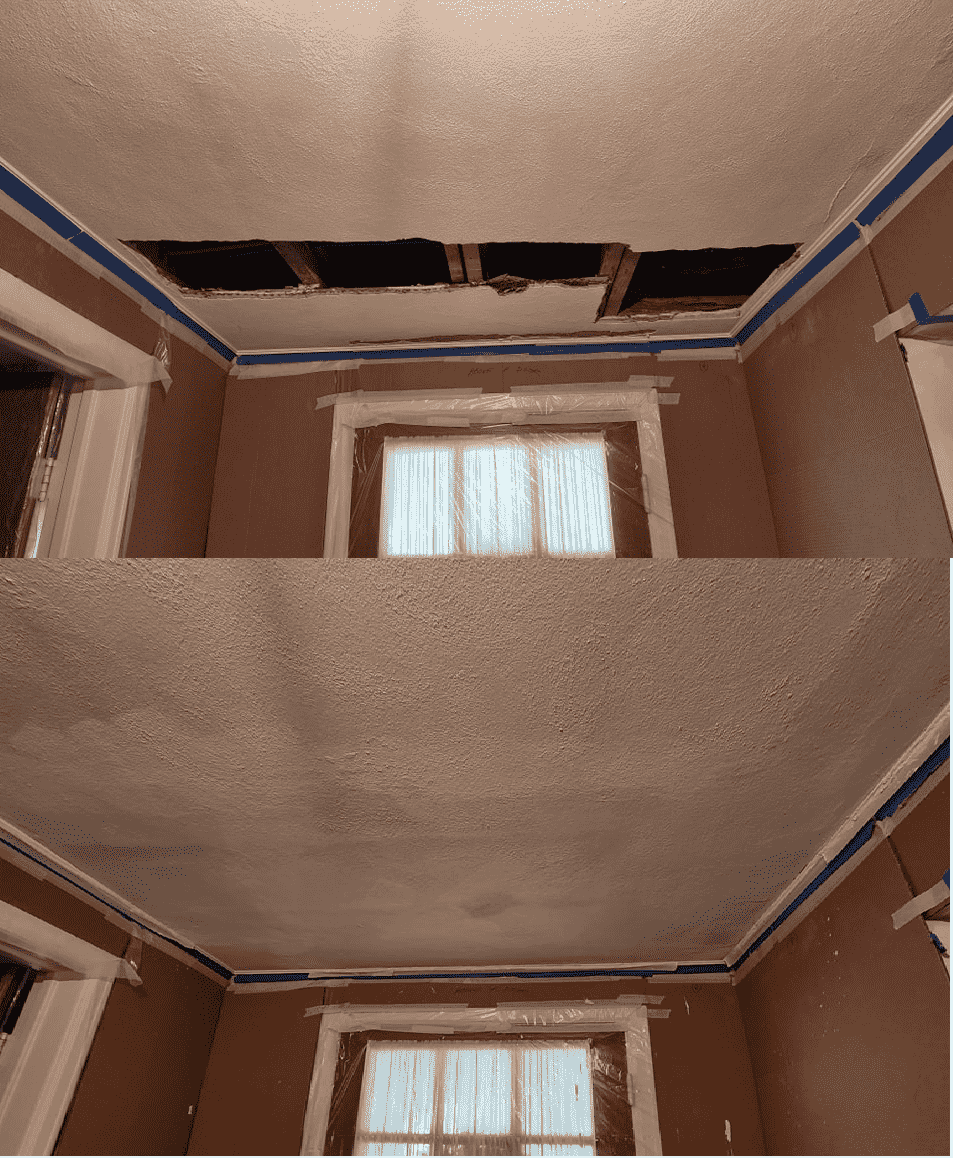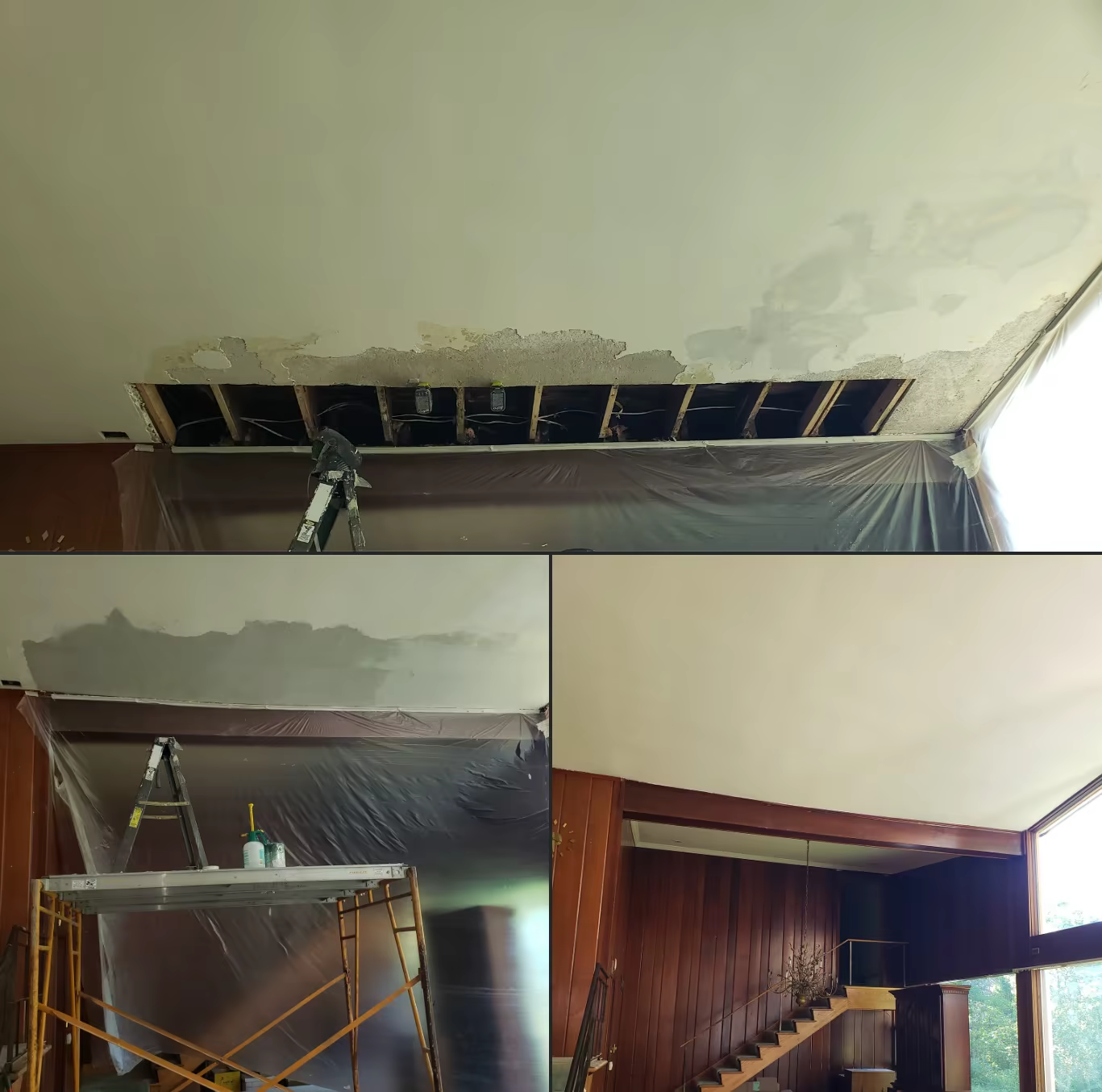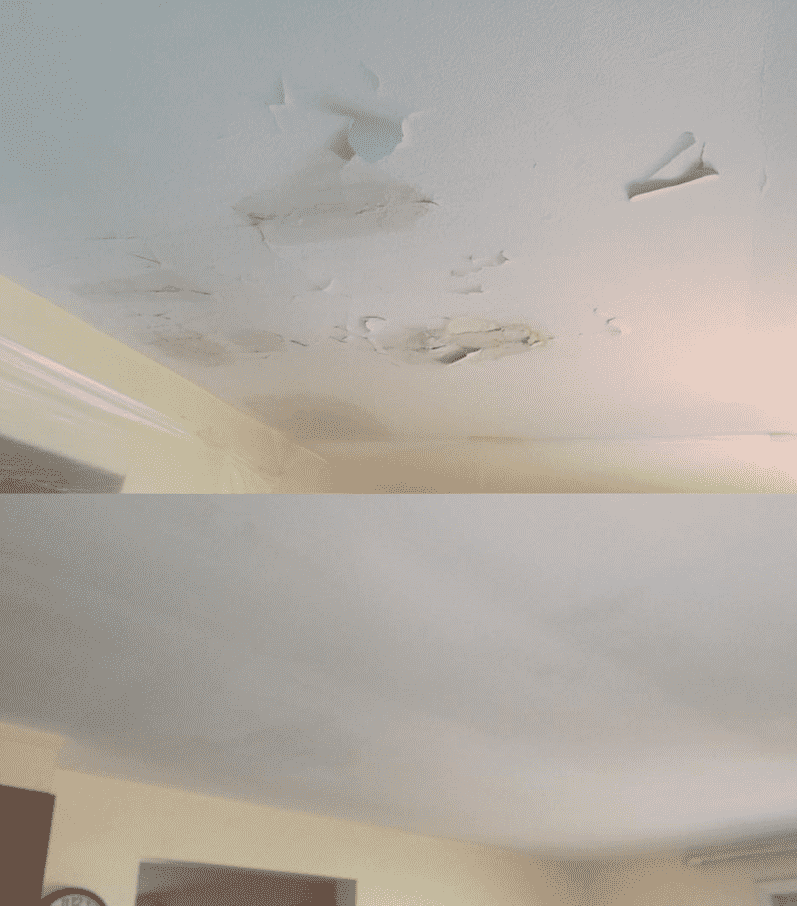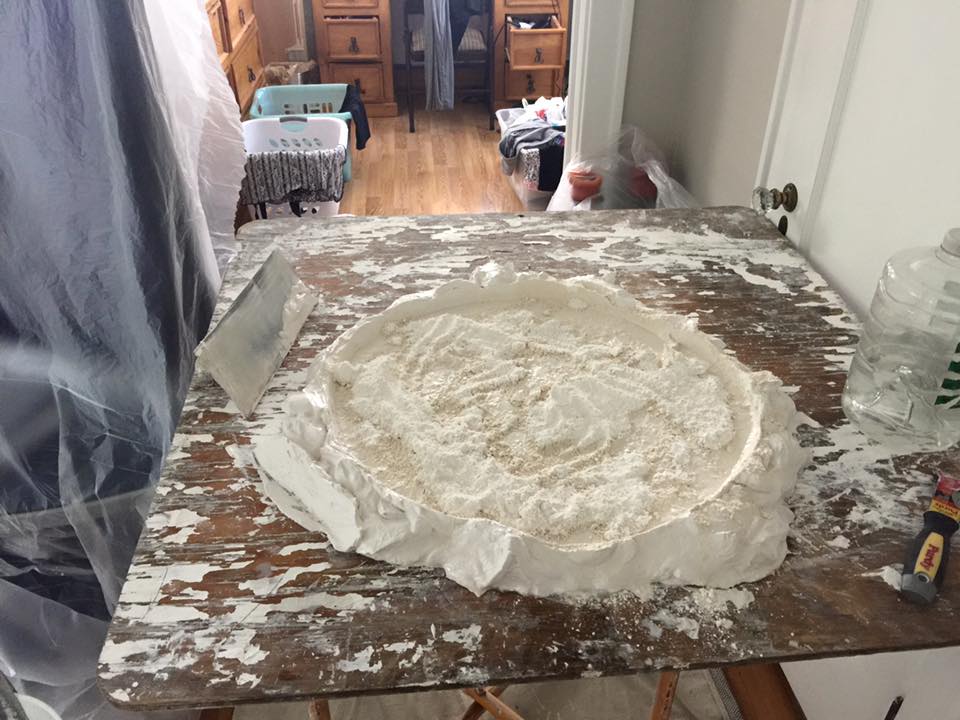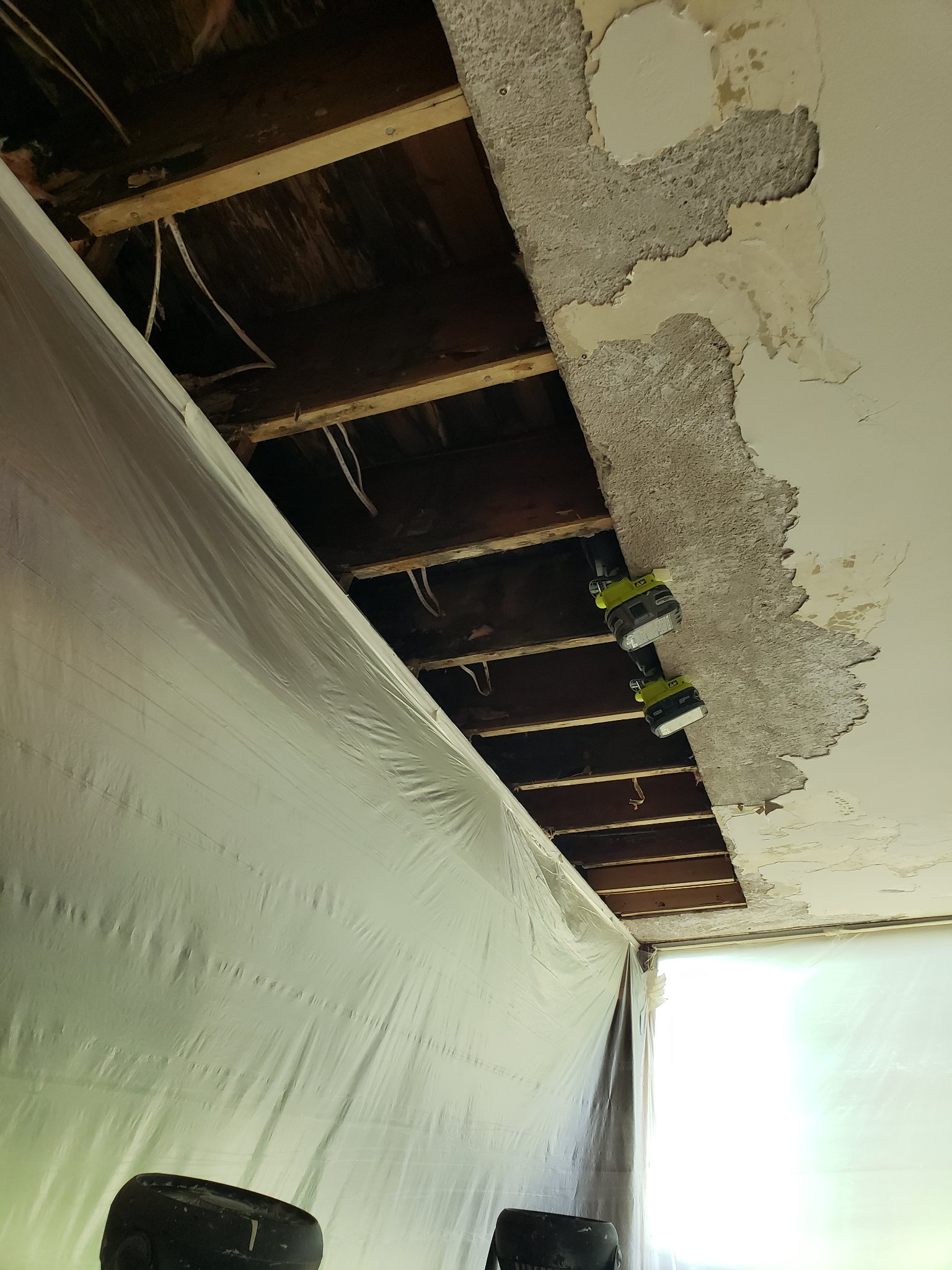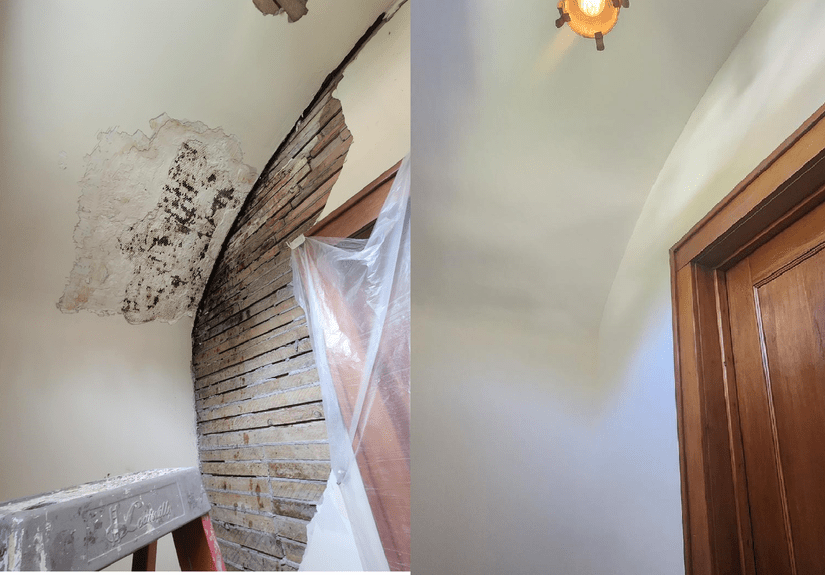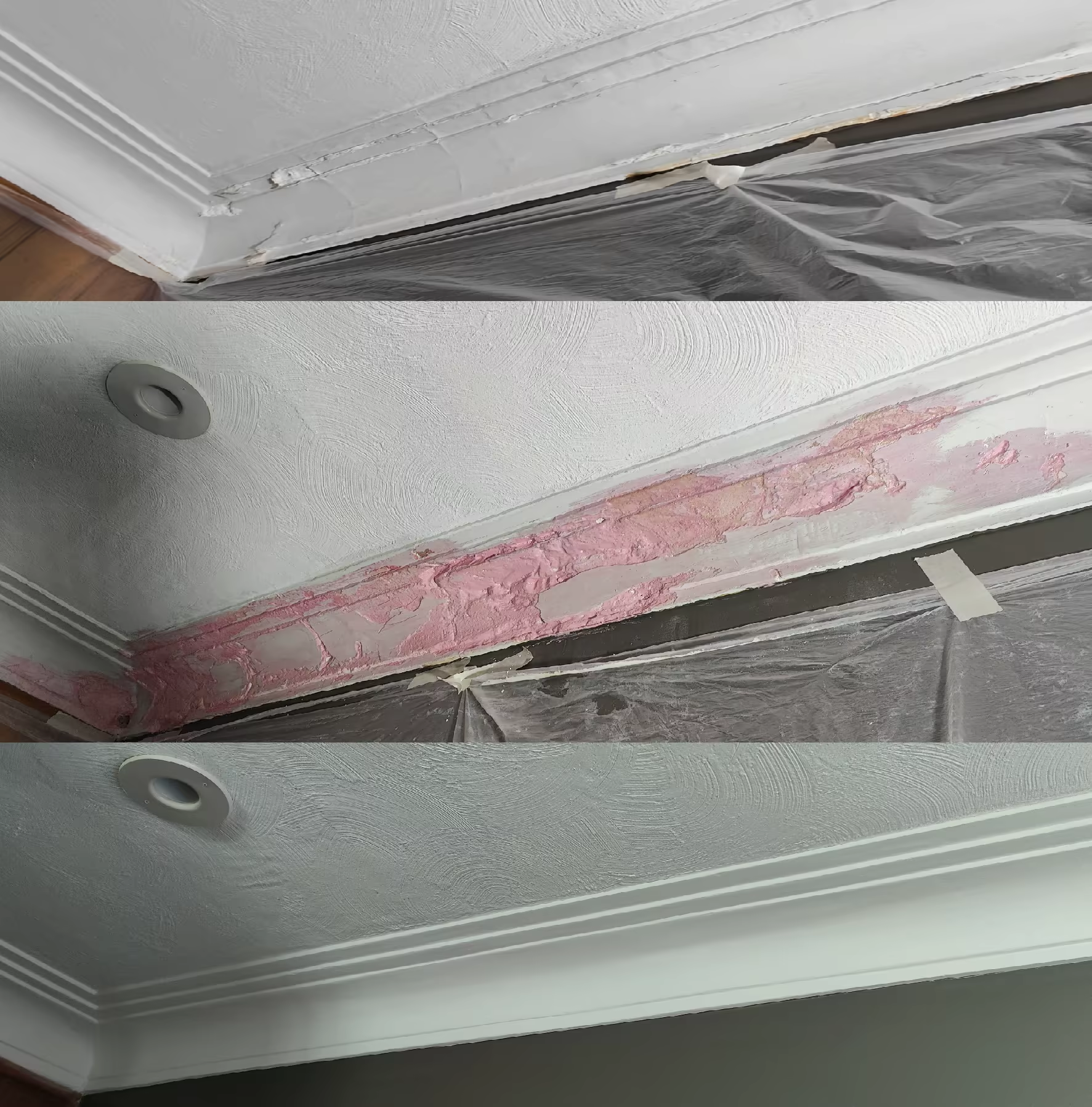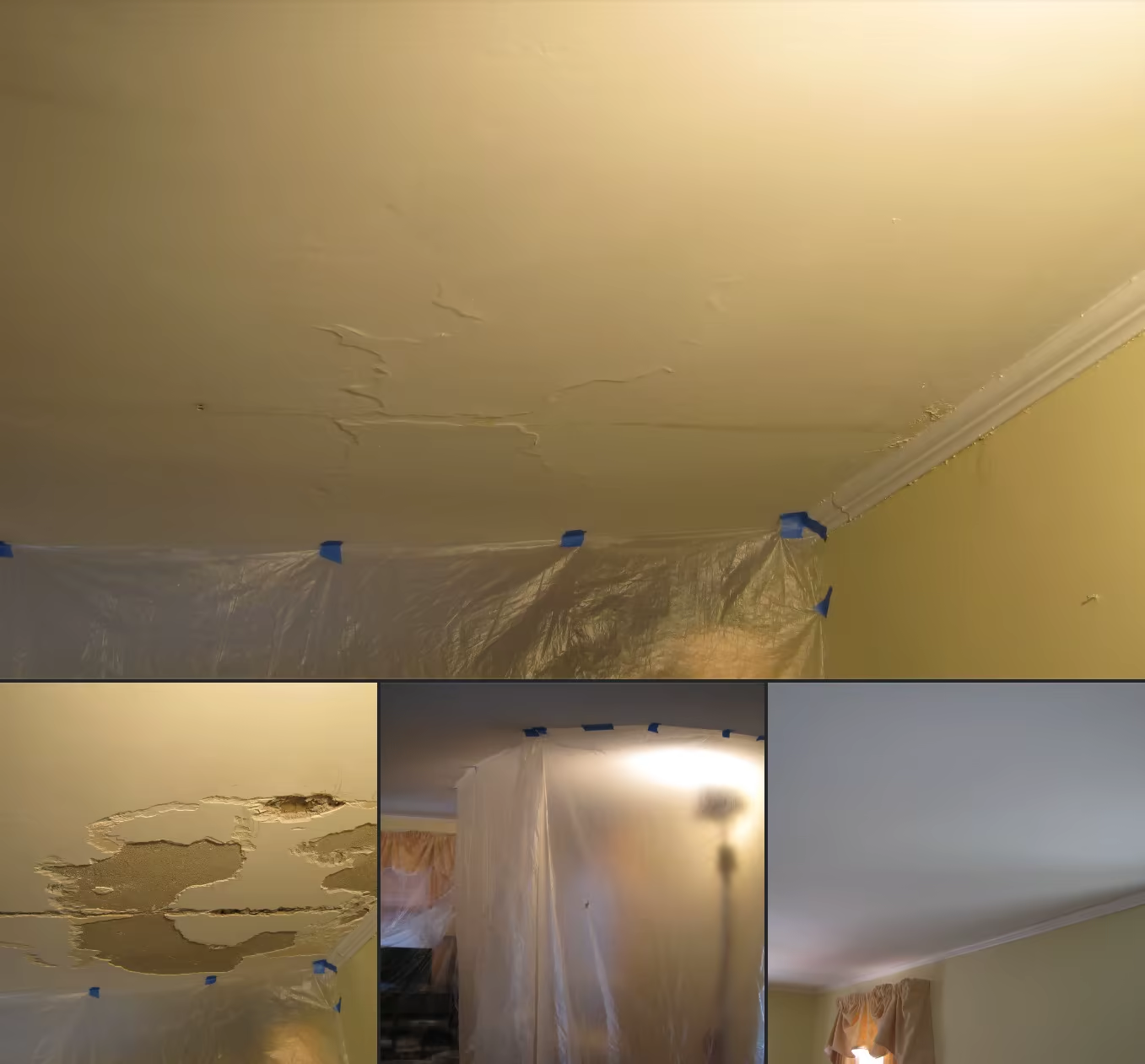Call or Text 716-697-3560 Today!
Call or Text
716-697-3560
Water Damage Plaster ceilings are very common in western new york
Plaster Ceiling Repair Portfolio
These are all genuine plaster patches. Some small, some rather large. The dark grey/brown substance is the plaster basecoat, which is subsequently covered with lime and Plaster of Paris or Diamond finish. Genuine plaster is continuously worked until it sets (becomes hard) and is polished using specialized finishing trowels. Which is why plaster often has the smoothness of glass. The process of finishing genuine plaster is significantly more labor-intensive compared to drywall finishing, as a plaster patch must be completed in one go, whereas with a drywall patch, you can apply multiple coats in staggered fashion.
Carrigan Painting
